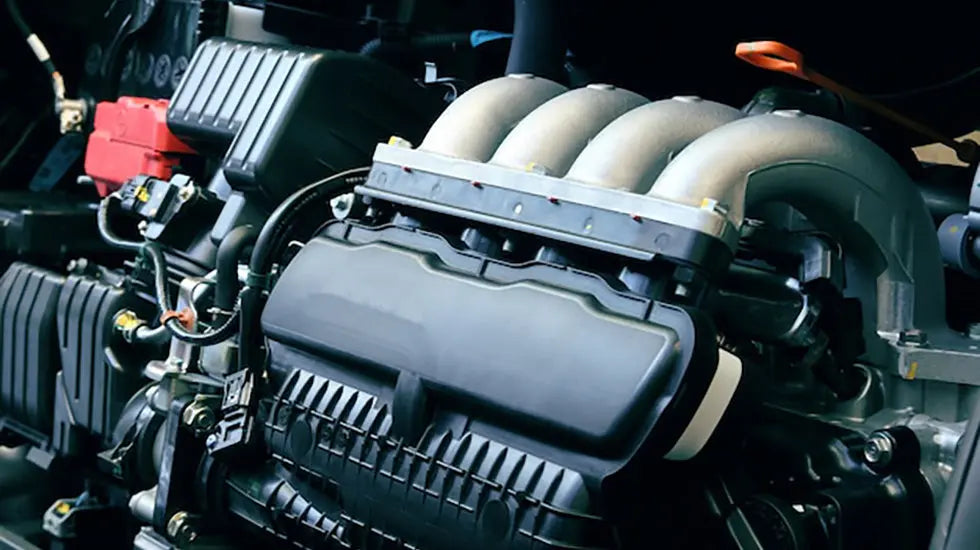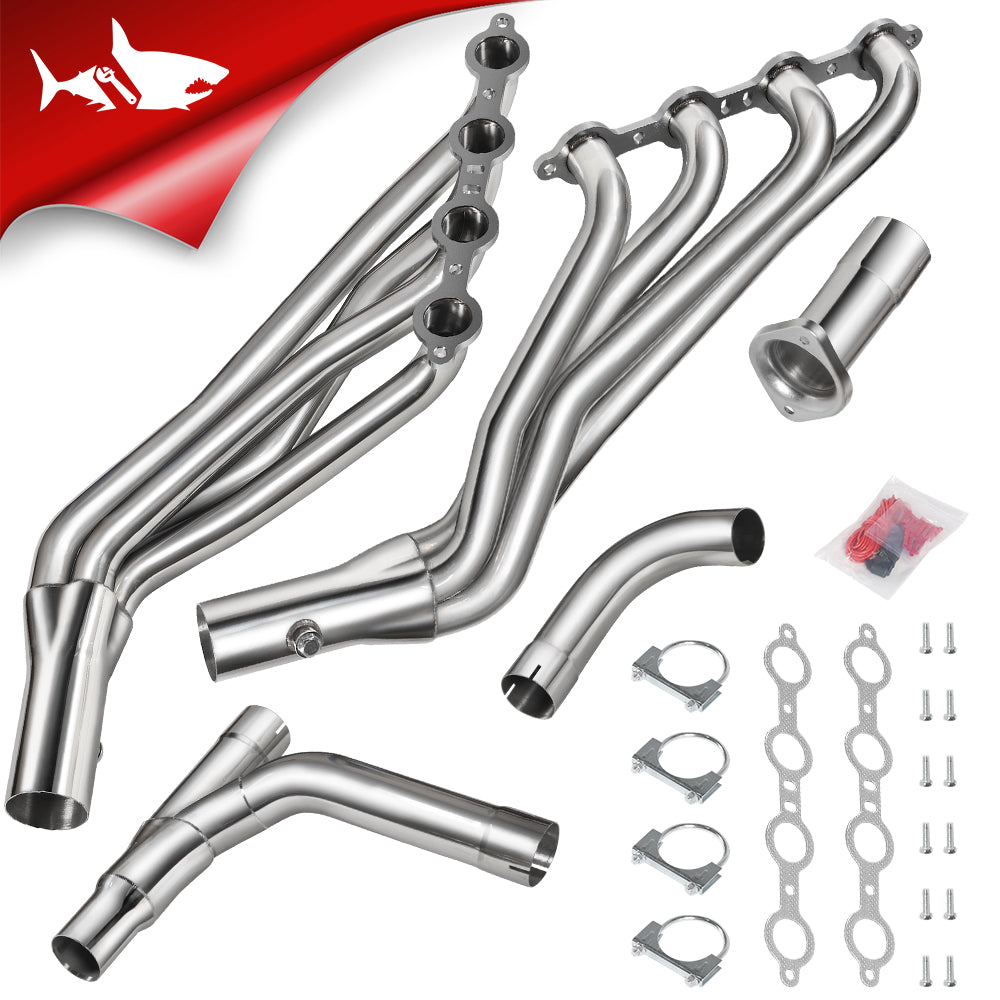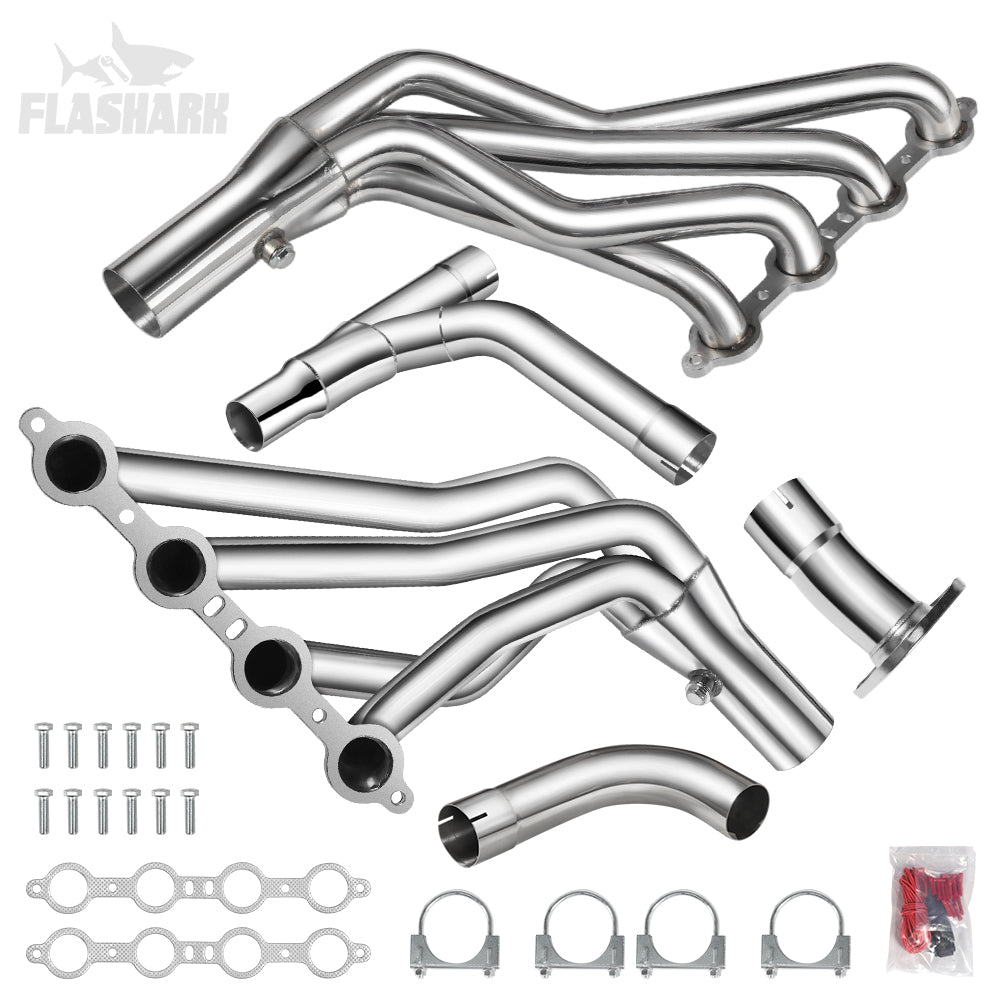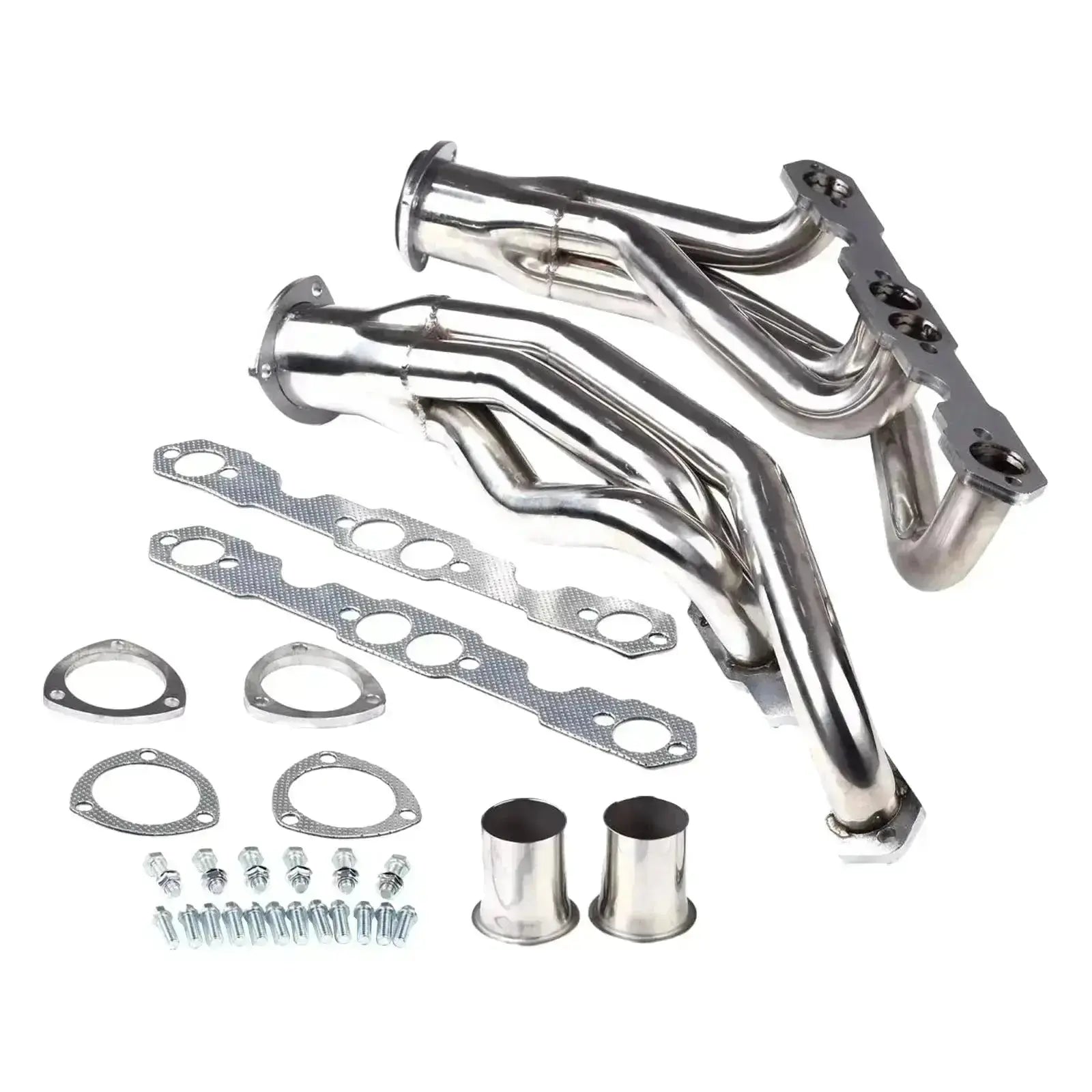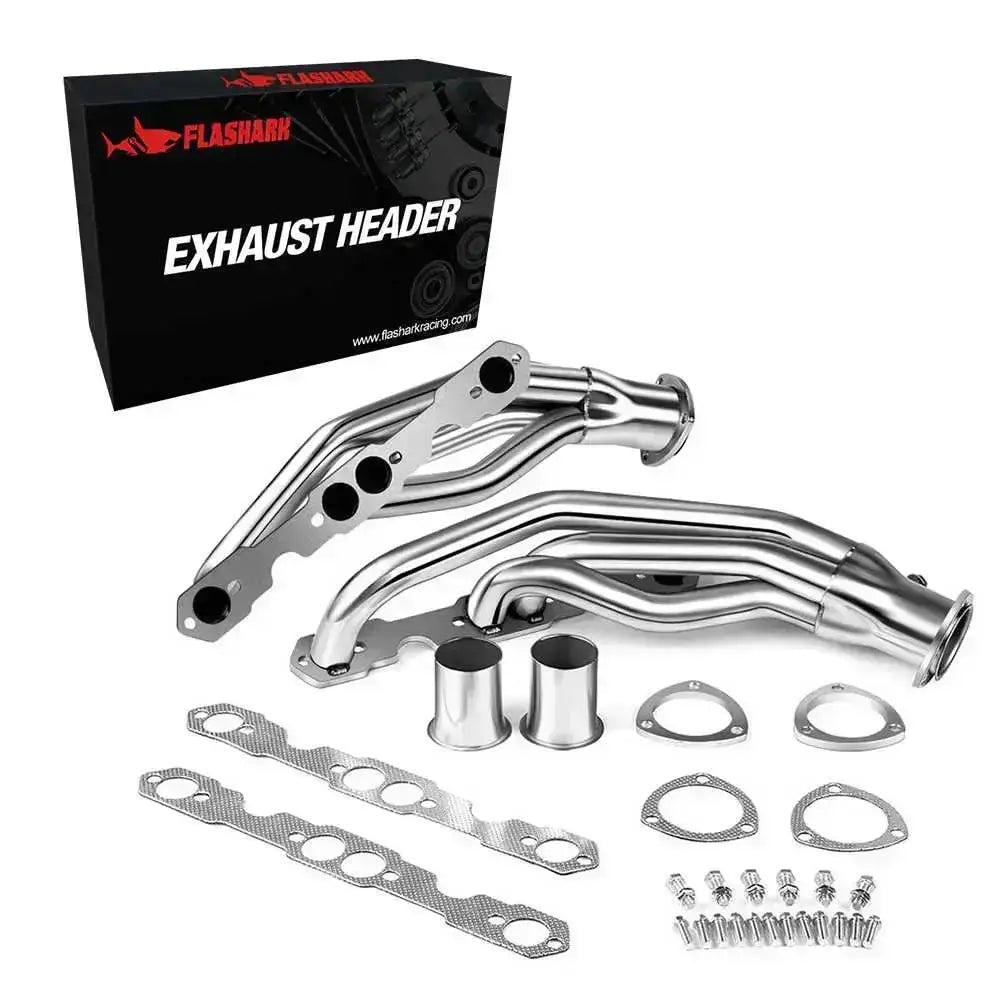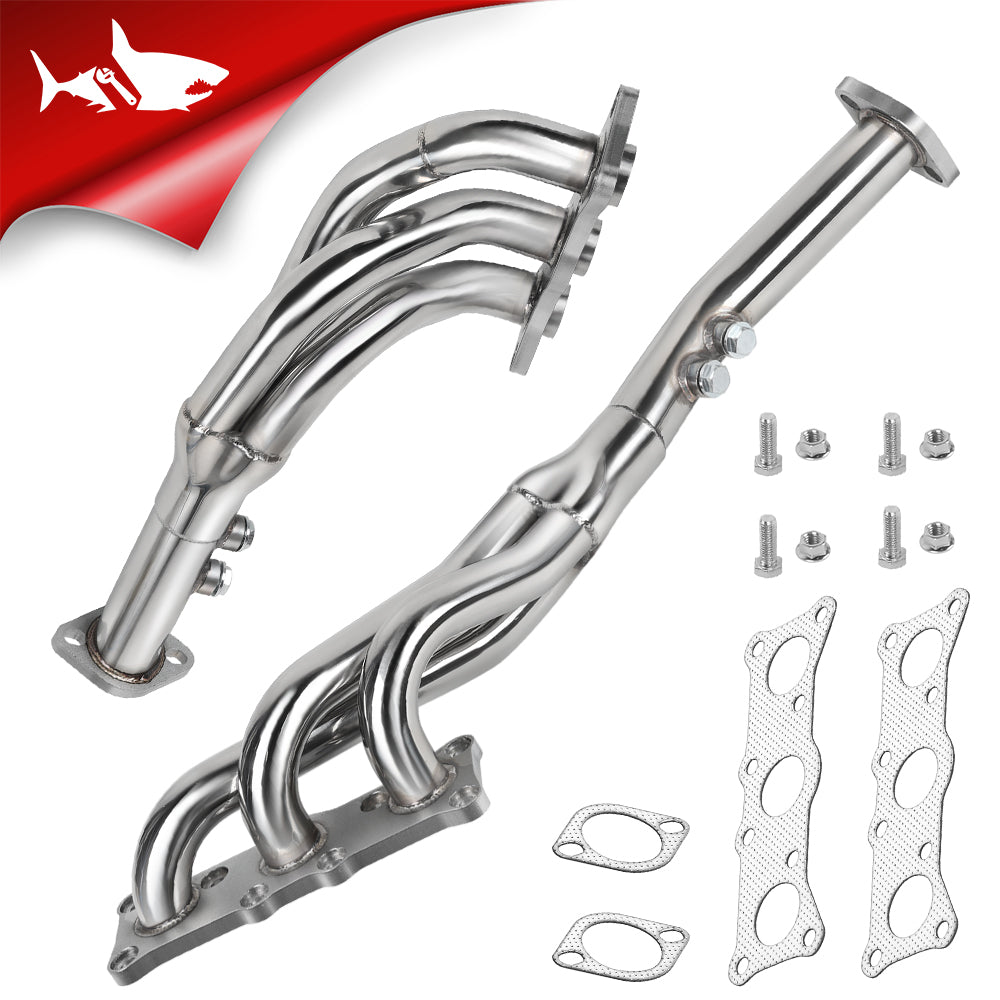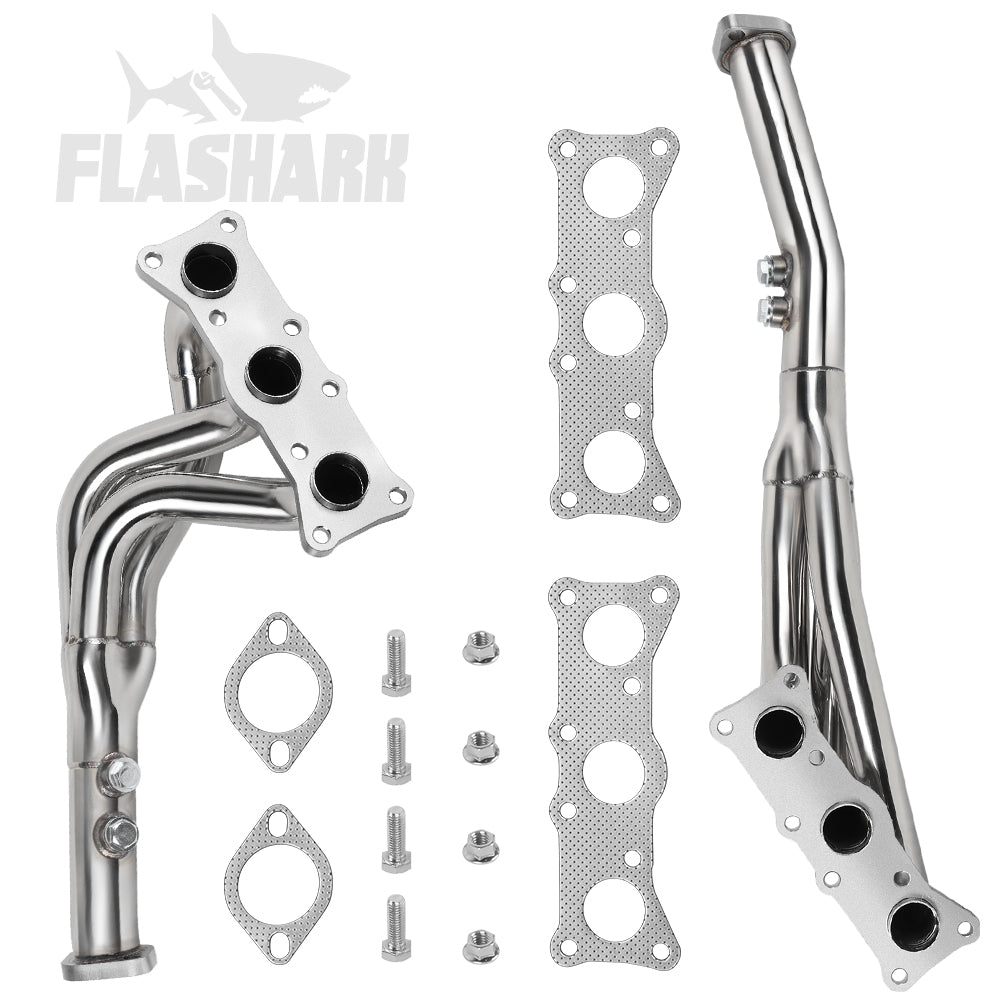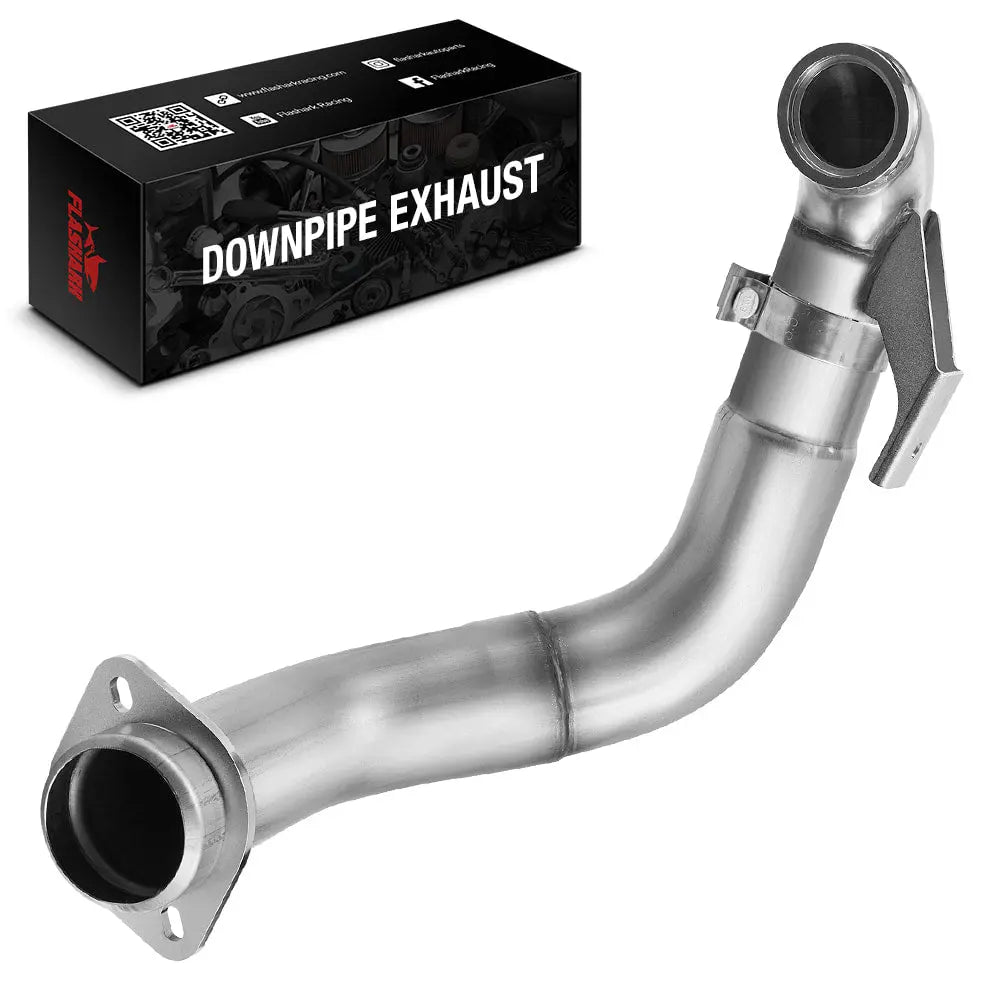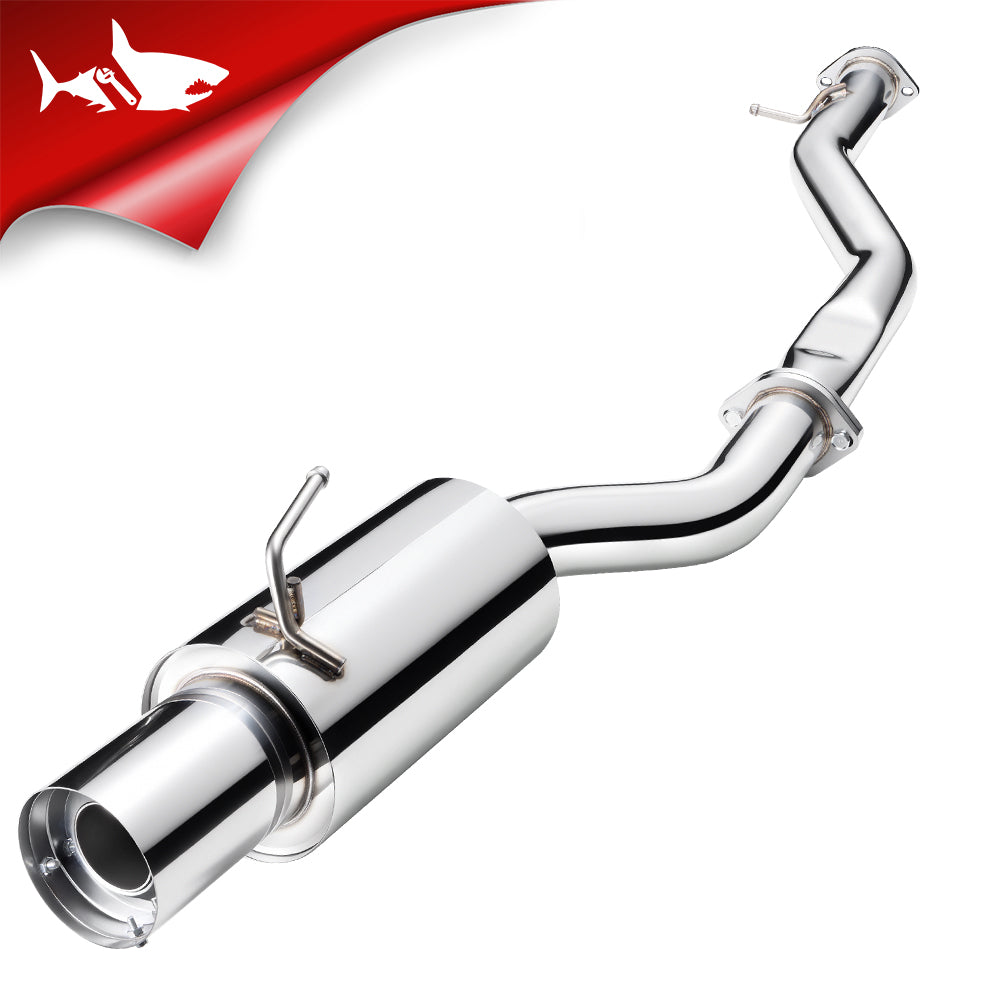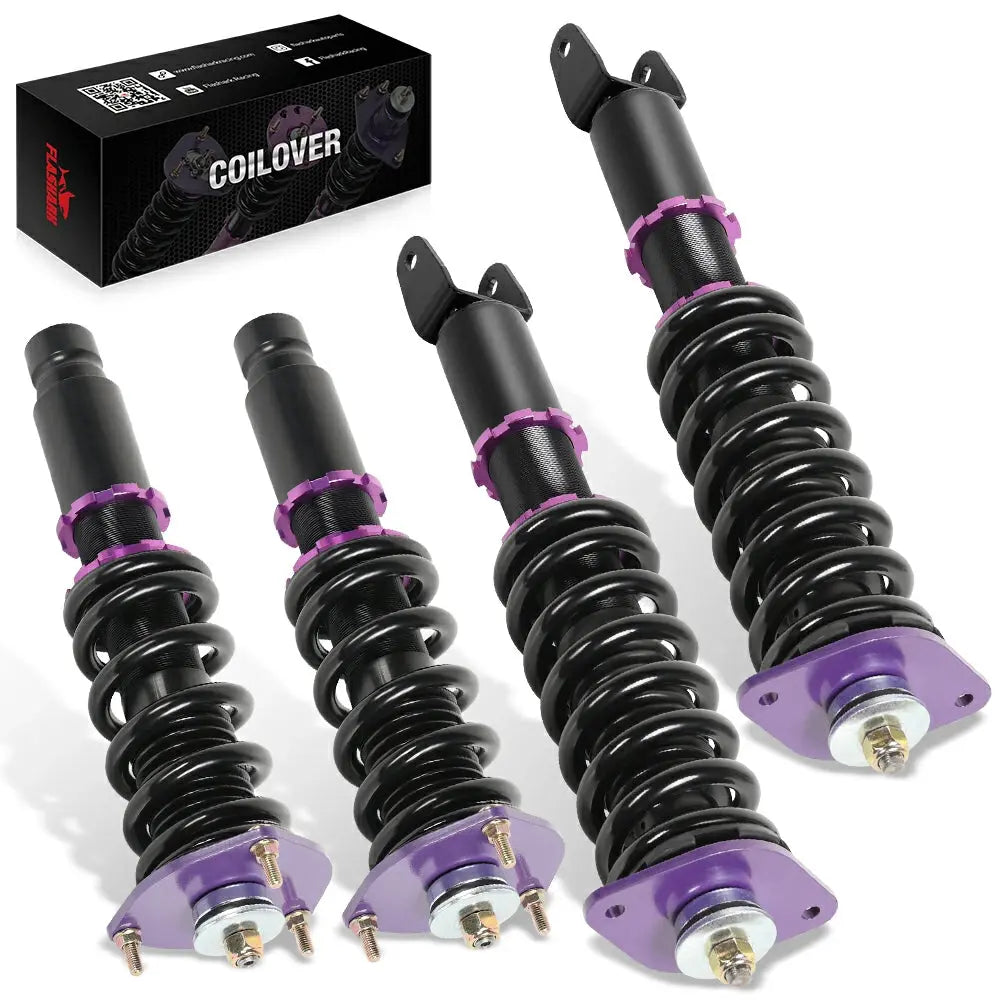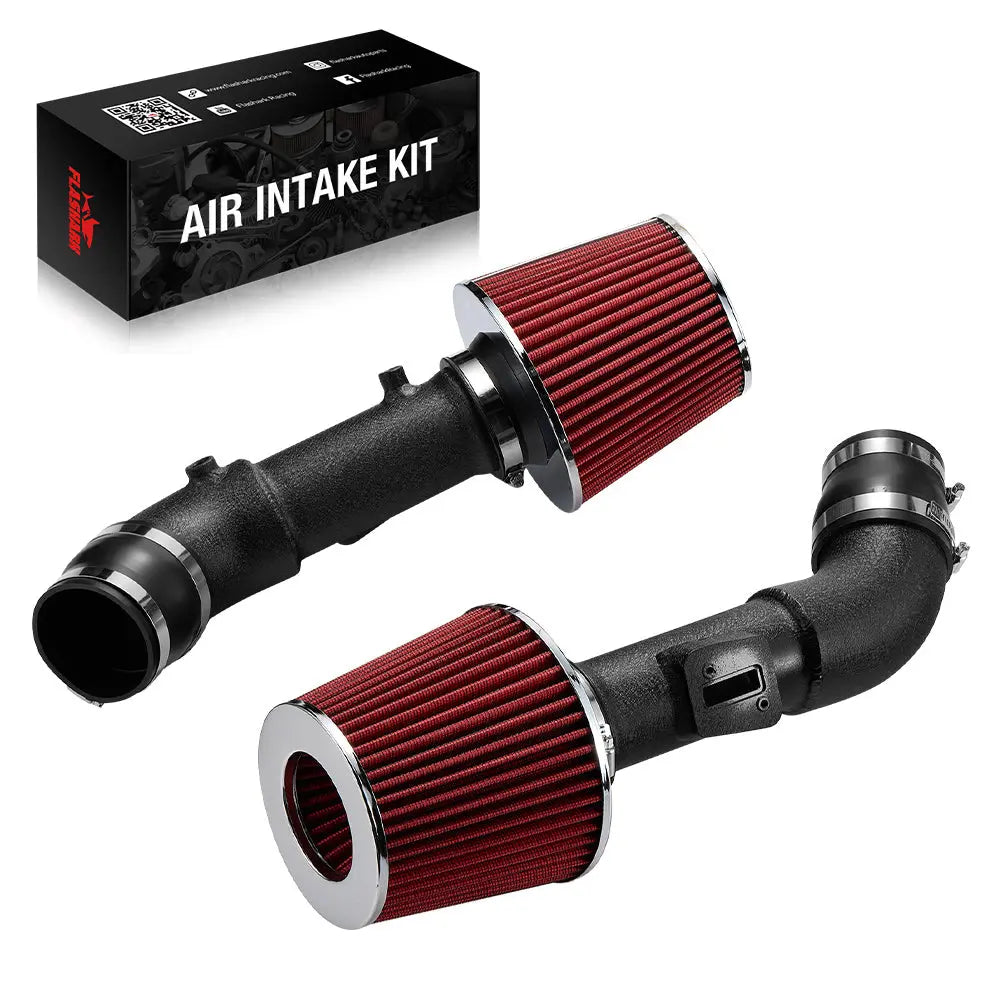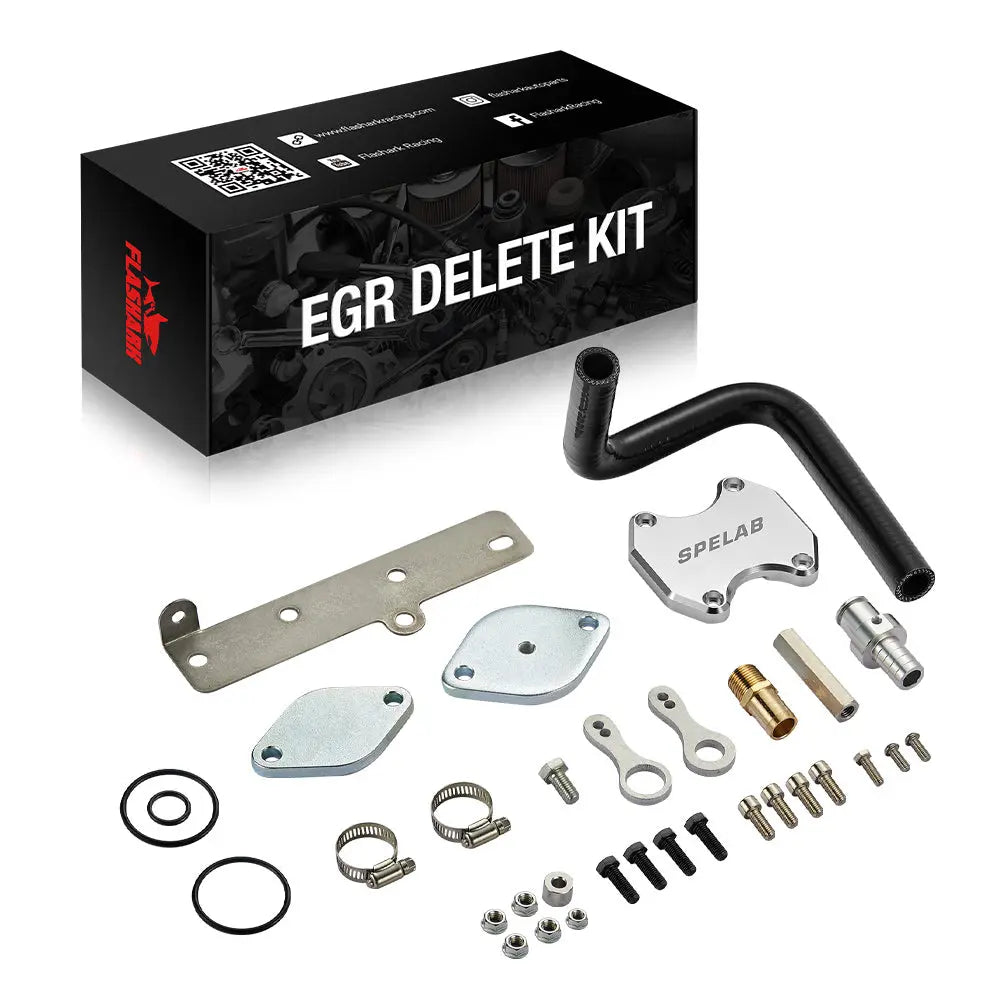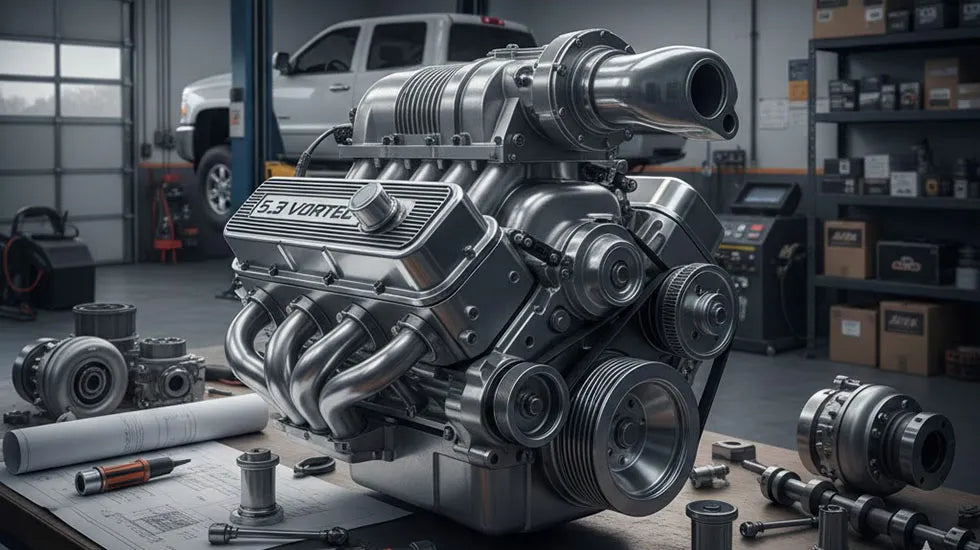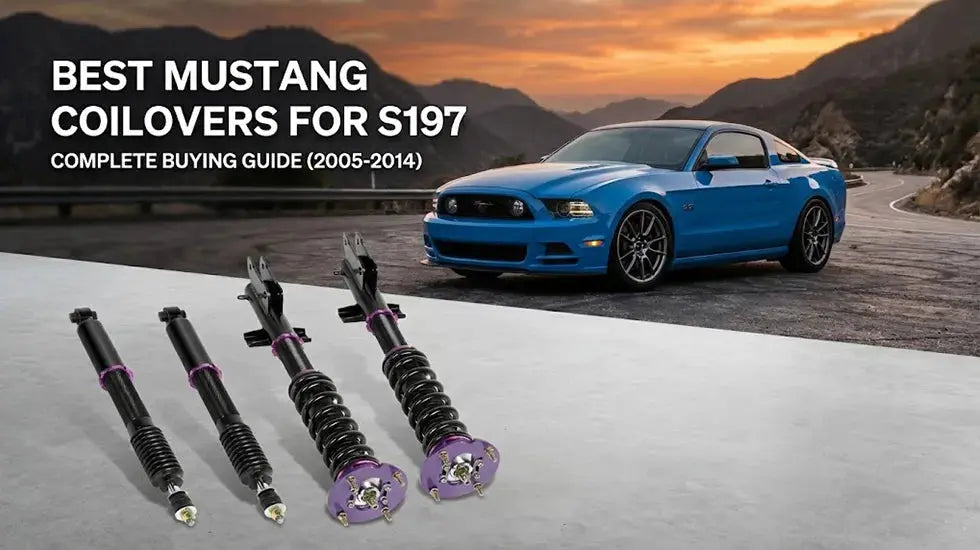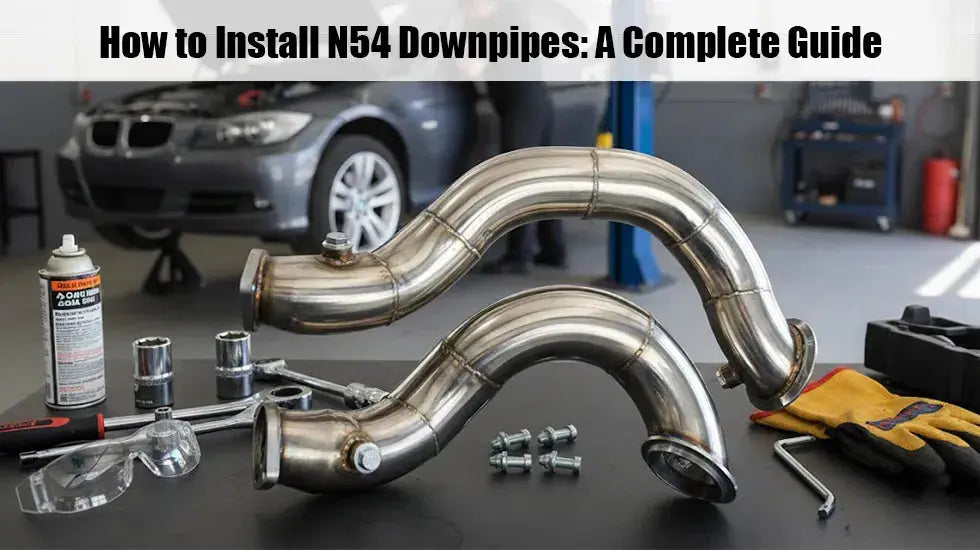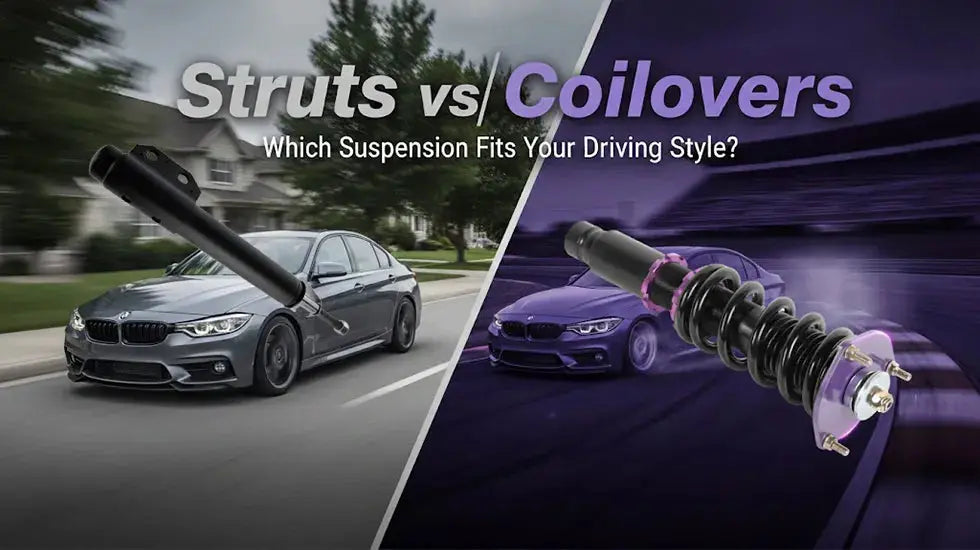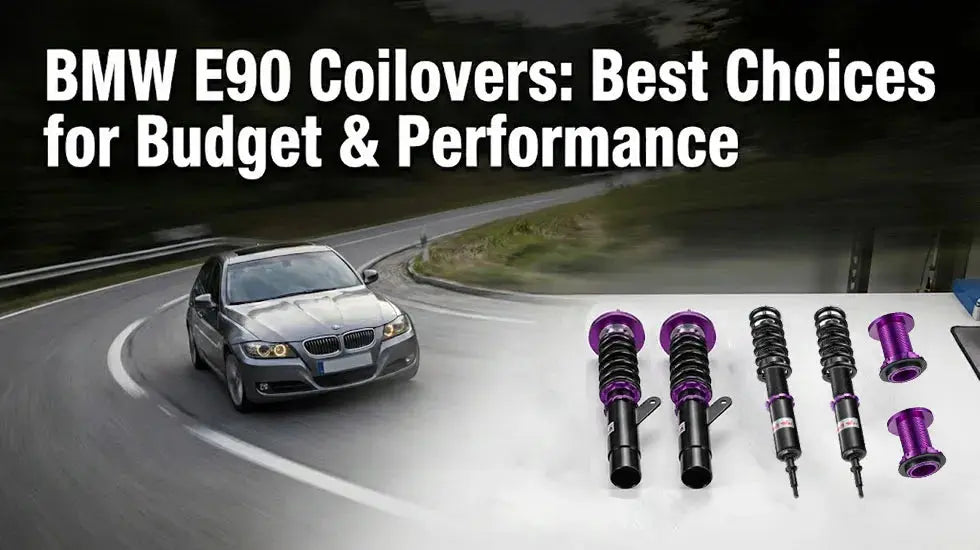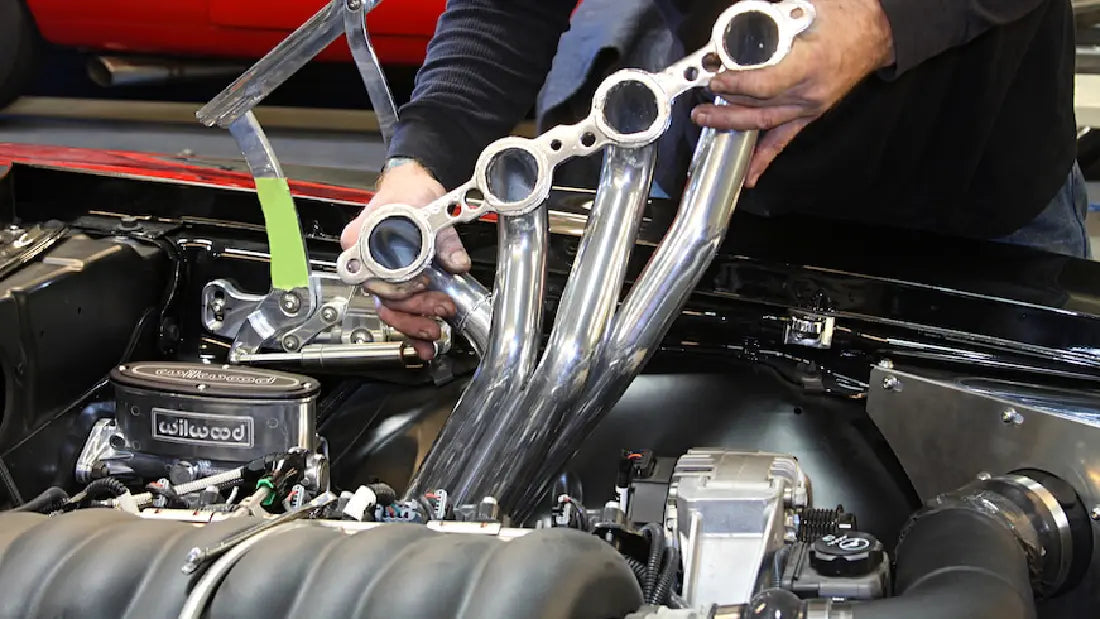What is the first thing you look at when shopping for a car? Most opt for fuel efficiency and safety as a top priority. While that’s a good checklist, you should also add the engine. The engine is the heart and soul of the vehicle. Choosing the right engine provides improved fuel efficiency, fewer emissions, and a longer lifespan for the vehicle.
Over the years, different types of engines have been developed with different sets of advantages and disadvantages. Some engines stay on for a while and vanish, while some are even used today. One such engine is the Hemi engine.
Unlike other engines that have a flat combustion chamber, this engine has a hemispherical combustion chamber and dome-shaped head pistons with twin spark plugs in each cylinder and open, angled fuel and exhaust valves.
These valves open on opposite sides of a combustion chamber. These valves are much larger than inline valves, accounting for a better flow of fuel and air through the engine.
Such a configuration allows a Hemi engine to exhibit optimal mixing of fuel and air, higher compression ratio, higher power output, and extreme air intake through the manifold, making it extremely powerful.
In this article, we will discuss the basics of Hemi engines, how they work, their advantages, and their impact on the automotive industry.
The History of Hemi Engines
Even though most people associate Hemi engines with Chrysler, this engine dates back to 1905. Before Chrysler, Belgian car manufacturer Pipe used the Hemi with a four-cylinder design. The Fiat 130 HP Grand Prix race car was the next vehicle to have this engine.

Later, more manufacturers, such as Alfa Romeo, Peugeot, Daimler, and many more, introduced the Hemi engine but quickly stopped production due to high production costs. Chrysler made some small changes and popularized it in the 60s.
That first-generation Hemi V8 was built from 1951 to 1958 and represented Chrysler’s first production overhead valve V8s. The line-up started with the 331 cubic inches (5.4 liters) 'FirePower' and 'FireDome' engines which eventually grew to 392 Hemi (6.4 liters).
The second-generation engine arrived in 1964 and was nicknamed the Elephant engine because of its power and physically bulky size. This 426 cubic inch (7.0-liter) Hemi was originally developed for NASCAR racing but has since gone on to dominate the world of drag racing, as well. This is when the name “Hemi” was popularized.
Eventually, the National Association for Stock Car Auto Racing (NASCAR) banned it for being too fast. Later, an improvised version was integrated into some of Chrysler’s most iconic muscle cars including the Plymouth Barracuda, Road Runner, and GT-X, and Dodges including the Charger, Challenger, and Super Bee.
Then came the 345 cu in / 5.7-liter Hemi engine in 2003. This engine was different yet more powerful than the previous models. This model is one of the most popular engines that is being adored by car enthusiasts even today.
What is the 5.7 Hemi Engine?
The 5.7 Hemi engine is a third-generation Hemi engine, designed completely from scratch. It shares some features with the 4.7L PowerTech V8, such as a cast-iron cylinder block with a deep-skirt design and a 90-degree angle between cylinder banks.


Here are some of the key features of the new Hemi engines.
Crankshaft and Piston Construction
The crankshaft is made of cast nodular iron, supported by four bolts per main bearing. It utilizes powdered metal forged rods and lightweight aluminum pistons with a skirt coating for enhanced durability.
Cylinder Head and Valve
It has an aluminum cross-flow cylinder head with two valves and two spark plugs per cylinder. The HEMI-shaped combustion chambers feature a flatter design with squish shelves on both sides, improving efficiency and reducing emissions.
The camshaft actuates the intake and exhaust valves through pushrods, with beehive valve springs and roller-style hydraulic lifters.
MDS (Multi-Displacement System)
The engine is equipped with an MDS, a cylinder deactivation system designed to reduce fuel consumption and emissions. It shuts off fuel in four cylinders (two in each bank) and keeps intake and exhaust valves closed by controlling oil flow through the lifters of the corresponding valves.
An electronic throttle body (drive-by-wire) is also part of the system.
The 2009 Revision - The 5.7 Eagle
In 2009, Chrysler introduced the 5.7L Hemi Eagle, a revised version of the engine. Here are the key upgrades:
- Variable Valve Timing (VVT) - VVT was added, requiring three additional oil passages and an extended front cam bearing in the block.
- Durable Crankshaft - The redesigned block includes a new crankshaft made of cast iron.
- Reinforced Components - The engine features a dual-mass crankshaft damper, reinforced connecting rods, and new pistons for a narrower ring pack.
- Active Intake System - Some models from 2009 onwards include an electronically controlled, variable-length intake runner for improved performance.
- Cylinder Redesign - Cylinders were redesigned to be almost square, helping the intake ports flow 14% more air compared to previous rectangular designs.
- D-Shaped Exhaust Ports - The exhaust ports were modified with a raised roof to enhance exhaust flow.
- Post-2009 Models - Pistons were upgraded to narrow piston rings measuring 1.20/1.20/2.0 mm from 1.50/1.50/3.0 mm.
After the 4.7-liter V8 PowerTech was discontinued in 2013, the 5.7L Hemi became the base V8 engine option in Chrysler’s lineup.
Advantages of the 5.7 Hemi Engine
Here are a few reasons why you should opt for the 5.7 Hemi engine.
Increased efficiency - The higher compression ratio of a Hemi engine results in greater air compression in the cylinder. This results in greater combustion as more fuel is used, generating a higher power output.
Fuel economy - Due to the efficient burning of fuel no unburnt fuel is wasted.
Enhanced airflow - The engine design helps promote better airflow, resulting in improved breathing for the engine.
More space for valves - The primary challenge that previous engine manufacturers encountered was a lack of space to accommodate the valves, which resulted in low engine efficiency. The Hemi engine solved this problem by increasing the size of the valves and allowing more space between them.
Better angle - The overall diameter of the valve is enlarged, which surpasses the bore size owing to the overhead valve configuration.
Less Heat Loss - Hemi has a small surface area which helps less heat to escape from the chamber, and peak pressure is higher.
Angled Crankshaft - The angled crankshaft of a Hemi engine allows maximum cylinder pressure that helps in the extraction of all energy.
Engine Sound - The engine sound is one of the main appeals of any performance vehicle. The characteristic deep rumble from the Hemi engine isn’t only unique, it can also be emotionally evocative.
Should You Get a 5.7 Hemi Engine?
If you are looking for speed and high performance, Yes! However, compared to modern engines it could be a little outdated but its miles ahead of the worst engines in the automotive market.
Overall, the 5.7L Hemi is a good pushrod, durable, and fun to-drive engine. A well-maintained 5.7 Hemi engine can last up to 250,000-300,000 miles.
This engine will always be at the heart of American muscle car enthusiasts because of its trademark sound and heritage. Today, hemin engines have a reputation for impressive speed and performance.

Exhaust Headers for Dodge RAM 1500 Hemi 5.7L V8 2009-2018
Upgrade your 2009-2018 Dodge RAM 1500 with FLASHARK Exhaust Headers, engineered for the 5.7L Hemi V8 to enhance horsepower, improve exhaust flow, and deliver a thrilling sound. Choose between long and short tube options for optimal performance tailored to your driving needs.
Price: $289
Buy NowLast Chance! FlashArk Racing Limited-Time Discounts Are Here!
Don't miss out on these exclusive deals! FlashArk Racing is currently offering amazing limited-time promotions to help you upgrade your racing gear and accessories at unbeatable prices. Check out our current discounts:
- Extra 10% Off for All Exhaust Headers
- Extra 11% Off for All Catback Exhausts
- Extra 12% Off for All Downpipe Exhausts
- Extra 11% Off for All Catalytic Converter
- Extra 13% Off for Cold Air Intake
- Extra 15% Off for DPF & CAT Delete Pipe
Hurry, these offers are available for a limited time only! Click the link below to grab your discount right now:
👉Click here to visit the Flashark discount page and claim your offer!

